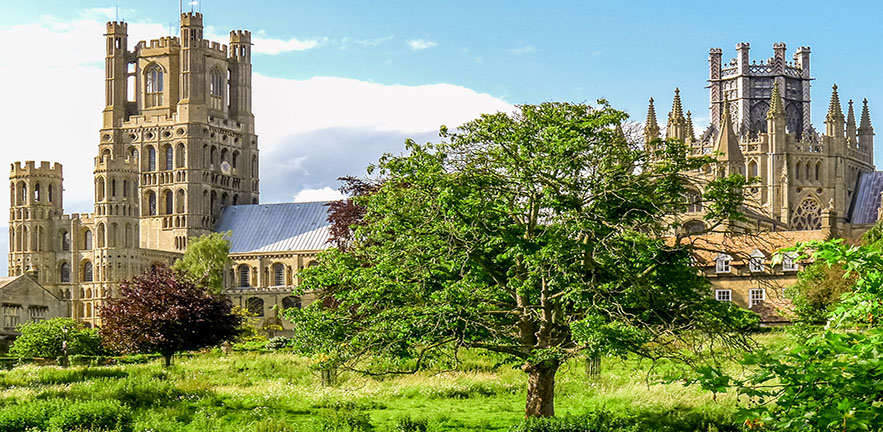
Everywhere you turn in the British Isles you see church spires reaching towards the celestial firmament. The presence of churches and their friendly towers are especially noticeable as one travels through the flat fen land of Cambridgeshire. Proudly announcing their presence in the city of Cambridge are many historical churches, all within walking distance of each other; it is not an exaggeration to say the spires of the medieval colleges probably equal the number of churches. Besides their primary function as places of worship, historically, parish church buildings were orientating markers of the territory, reminders of a Christian country, and iconic symbols of the local communities they belonged to.
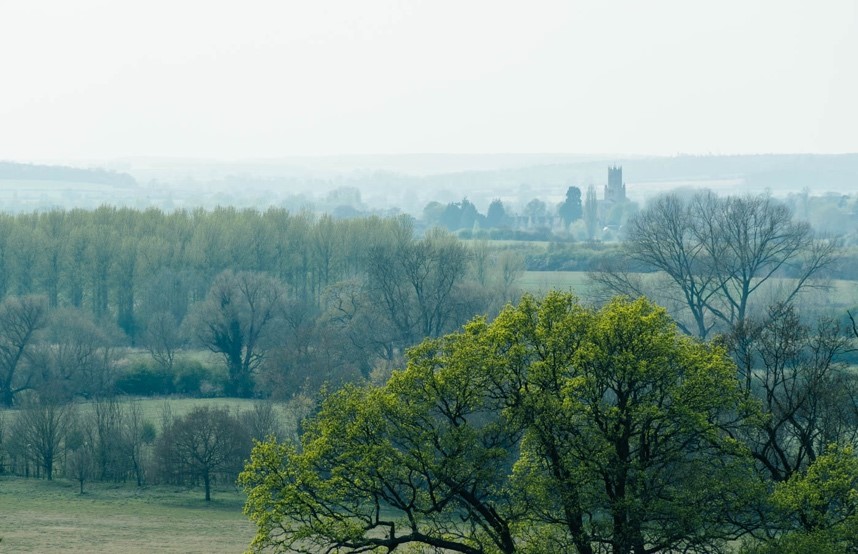
To better understand the church’s place in both the physical and metaphorical heart of the community, the Cambridge Centre for Social Innovation is working with the Diocese of Ely, with support from Allchurches Trust and Historic England, to develop and implement a project that re-imagines churches as community assets.
Living history
When did you last cross the threshold of a church? If not for worship or a family event, what was it that persuaded you into a building historically carved out as a space of reverent worship? Being an essential element of the English landscape, the presence of churches is often taken for granted, seen by many as monuments to the Christianity of the past.
At present, there are over 16,000 Church of England churches serving their communities. Notably, nearly 45 per cent of all buildings listed at Grade I for their architectural and cultural significance in England are churches. An even higher proportion of highly listed church buildings are concentrated in sparsely populated rural areas across England. In Cambridgeshire, particularly, the proportion of Grade I listed buildings that are churches is even higher: more than 75 per cent are located in South Cambridgeshire and 70 per cent in Fenland.
The costs to run and maintain church buildings, with greater restrictions on Grade I listed buildings and how they can be altered, refurbished and developed, is one of the major challenges for churches and their communities. Another severe problem is the decline in traditional Sunday congregations.
Church attendance in England has weakened dramatically between 1970 and 2010 dropping by approximately 46 per cent in both rural and urban areas (Church Buildings Review, 2015). Statistical figures for the Diocese of Ely show only 2.3 per cent of the population actively attending church services (Church Buildings Review 2015). In other words, about 97.7 per cent of the population do not attend their parish churches – a fact referred to in the national press as “a generational catastrophe” (Sherwood, 2018). One consequence of this fall is that fewer people are involved in church building maintenance. The current state of church buildings varies; whilst some manage to keep their buildings open and welcoming, others struggle with the upkeep, being useful for a wider population and are, ultimately, at risk of closure, demolition, or conversion into other uses. While the decline in attendance is similar in rural and urban settings, having six or seven times as many church buildings per capita in rural areas, the need to act in a predominantly rural diocese like Ely is acute.
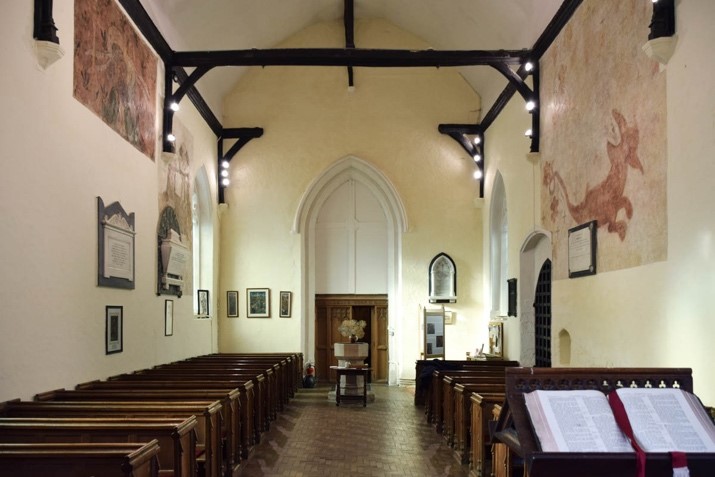
Photo: Timur Alexandrov
With the decline of congregations, what meaning do church buildings have today? Unlike museums, with collections of national treasures, churches are artefacts themselves to interact with – they are living buildings with individual characters that can tell us about the past and the present of a local community. More than just material expressions of faith, churches, like open books, can tell stories through their architectural designs and decorations, reveal local treasures through artefacts and works of art, and through their graveyards and monuments remind us of past generations and notable people from our communities. They also stand as a great leveller. Churchyards contain the mortal remains of the richest and the poorest members of our society, people who would never have met other than in that final act of community – ashes to ashes, dust to dust. As society has become increasingly secular, the civic authority of the church, symbolically represented by the heaven-bound spires and steeples, has diminished. Now, with an overabundance of property, churches aspire to re-connect with local and wider communities in a more inclusive and participatory fashion by re-thinking their approach to their buildings and modernising them.
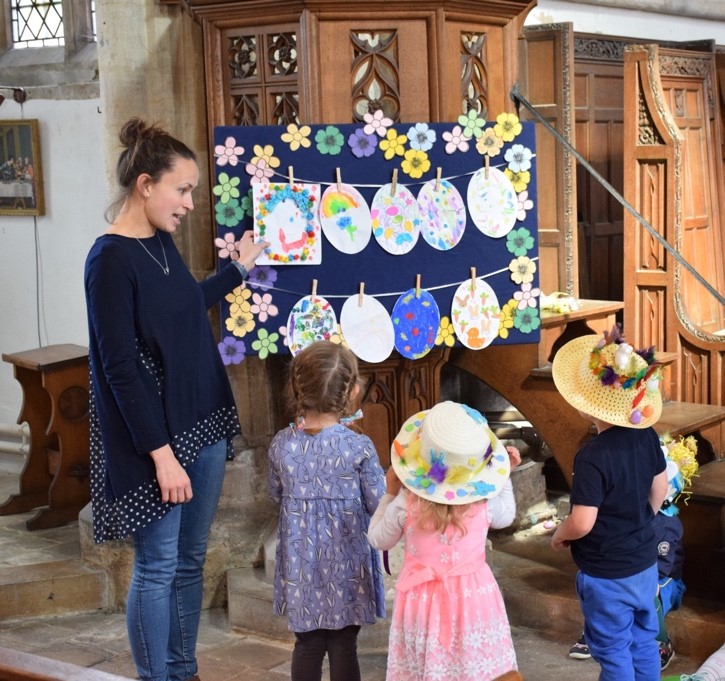
What is encouraging is that national and regional reports on community engagement with churches illustrate that despite the long-term decline in church attendance in the UK, 83 per cent of British adults believe that churches and chapels play an important societal role (National Churches Trust, 2016). One illustration of the societal role of the church is that it generates a communal identity and a sense of belonging by being a gathering place for community members. Social clubs, interest-based activities, community events and festivals, art, pre-school, dance groups, reading clubs, public cafes, rehearsal and performance spaces, and venues for theatre and choir groups are some of the forms of commercial and community activities that reflect the life of the community and reinforce the legitimate sense of ownership over church buildings.
Since the responsibility for church building maintenance and repair rests with the parochial church council and those members of the local community they can convince to help, some churches have been encouraged to find enterprising solutions to repair their buildings. For example, nearly a third of Church of England churches run or support parents and toddler groups; 26 per cent run lunch clubs; and just over one in five provide community cafes (Church of England 2018). Whatever the future for a church building, its future must be heavily influenced by the 97.7 per cent of the ‘non-church’ population.
The REACH Ely Project
Reviving the original ethos of the church as a ‘community’ itself is a complex task for churches. Not to forget, church buildings are not only places of worship and monuments of national heritage but also community centres that contribute to the shaping, production and reproduction of community identities. The REACH Ely project of the Cambridge Centre for Social Innovation is a timely attempt to understand community values, perceptions of church buildings, and to explore new ways of measuring the success of churches’ work in their local communities.
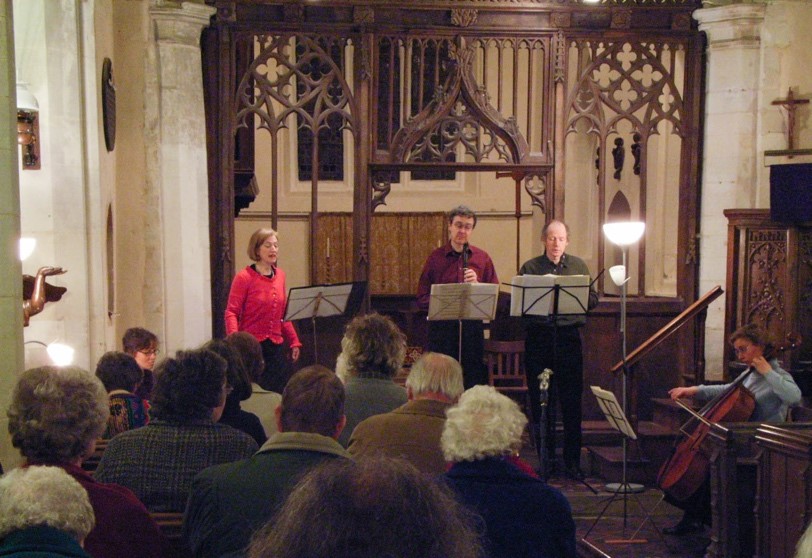
The key aim of the REACH Ely project is to enable every parish and deanery to reconnect with “the 97.7 percent” – the people of the diocese of Ely not attending churches. Despite the wider use of church buildings being topical in the academic research, little is known about community assets audits and community value measurement as there is no established actors that conduct these types of audits. The initial steps of the project involve researching community enterprising exemplars and alternative uses of church buildings in Britain and abroad, and collecting data to develop case studies, successful or not, of how churches currently relate to the people in their local communities outside religion.
By the end of the project, every parish and deanery in the Diocese will be able to understand the actual opportunities open to them in the context of their own communities, so they can give their parishioners a church that meets their needs, a church they will support, and a church in which they can participate.
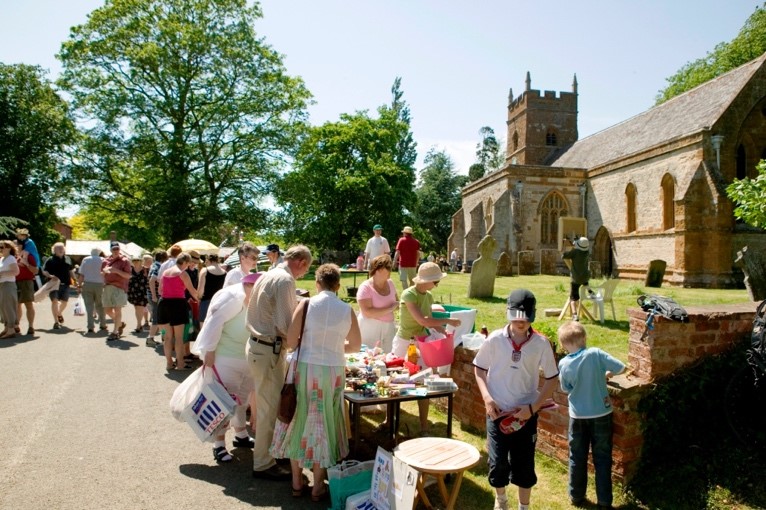
The striking features of the REACH Ely project are innovative research – the relationship between community and wider use of church buildings and the success of the mission of the church will be systematically explored for the first time; a deep exploration into the English culture; and the interdisciplinary nature of the project. Within a wider research area, the project is rooted in the disciplines of community enterprise and social entrepreneurship, as well as interlinks with the sociology of religion, architectural anthropology, cultural studies, phenomenology, and social networks. The academic research on enterprising church buildings is still developing.
The overarching goal is to build on and extend current knowledge on enterprising churches that face declining congregations and challenging building issues. Within the wider ‘community assets’ and ‘greater good’ agendas, the project will fit by enhancing our understanding of how community values can be used in the most effective way to ensure the sustainable future of church buildings.
For more information about REACH Ely please visit
www.reachely.org
Resources
Church Buildings Review. 2015. http://www.churchcare.co.uk/about-us/campaigns/news/951-church-buildings-review
Church of England 2018. Full extent of Church of England work to support local communities revealed. https://www.churchofengland.org/more/media-centre/news/full-extent-church-england-work-support-local-communities-revealed?utm_source=Dailypercent20Mediapercent20Digest&utm_campaign=e52a5c6995-EMAIL_CAMPAIGN_2018_11_01_12_23&utm_medium=email&utm_term=0_296e14724b-e52a5c6995-248621277
National Churches Trust. 2016. https://www.nationalchurchestrust.org/news/our-new-opinion-poll-public-attitudes-church-buildings
Sherwood, H. 2018. Church in crisis as only 2percent of young adults identify as C of E. The Guardian, 7 September.
The Taylor Review: Sustainability of English churches and cathedrals. 2017. https://www.gov.uk/government/publications/the-taylor-review-sustainability-of-english-churches-and-cathedrals.


Colin Hazell
Very interesting.